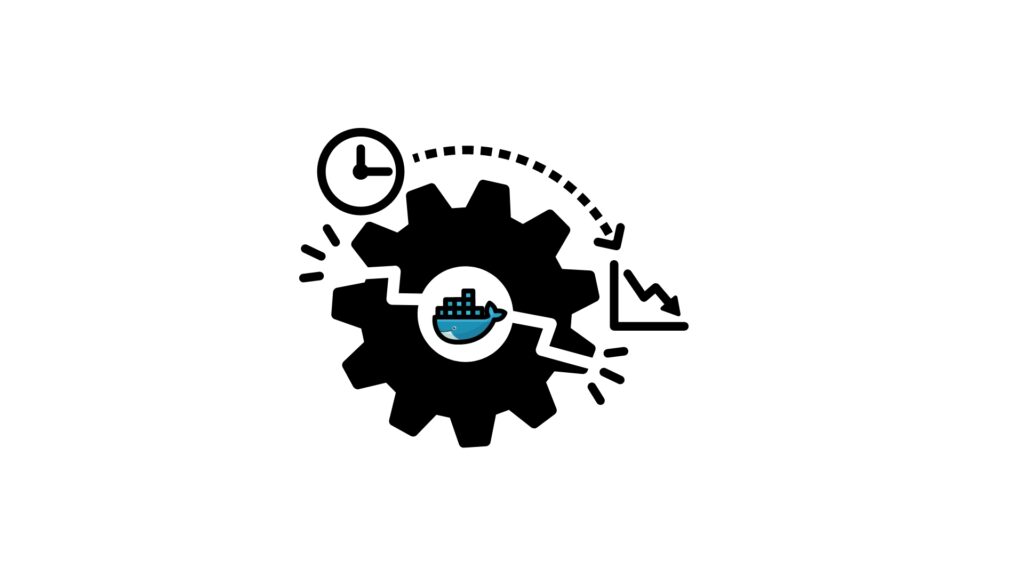Introduction to Resource Management Challenges
When developing microservices applications, managing resources efficiently is crucial for maintaining performance and scalability. Docker Compose provides basic resource allocation capabilities but often falls short in complex scenarios, especially when constrained by local hardware. This is where Klusternetes comes into play.
Problem: Limitations of Docker Compose in Resource Allocation
Docker Compose allows developers to define and run multi-container Docker applications. However, it has limitations when it comes to resource allocation. On a local machine, resources such as CPU, memory, and storage are finite. As the complexity of the application grows, these constraints can lead to performance bottlenecks and inefficient resource utilization. Developers may find themselves constantly tweaking resource limits to avoid these issues, which can be time-consuming and error-prone.
Key Issues with Docker Compose Resource Allocation:
- Finite Local Resources: Local machines have limited CPU, memory, and storage, which can quickly become a bottleneck as applications scale.
- Manual Resource Tweaking: Developers need to manually adjust resource limits, which is not only tedious but also prone to errors.
- Performance Bottlenecks: As application complexity increases, inadequate resource allocation can lead to degraded performance and instability.
- Scalability Challenges: Docker Compose lacks built-in mechanisms for scaling resources dynamically based on application demands.
Solution: Scalable Resource Management with Klusternetes
Klusternetes overcomes the limitations of Docker Compose by leveraging Kubernetes clusters, which can be hosted on the cloud or in a data center. This shift to a scalable infrastructure allows for dynamic resource allocation, ensuring that applications have the necessary resources without being limited by the hardware of a single local machine.
Benefits of Using Klusternetes for Resource Management:
- Dynamic Resource Scaling: Klusternetes can automatically adjust CPU, memory, and storage allocations based on real-time demands, ensuring optimal performance.
- Optimized Performance: By distributing workloads across multiple nodes, Klusternetes prevents bottlenecks and ensures efficient resource utilization.
- Enhanced Reliability: Kubernetes’ built-in features for load balancing and failover ensure that applications remain available and responsive, even during peak usage or hardware failures.
- Cost Efficiency: Utilizing cloud-based resources allows for cost-effective scaling, paying only for what you use without the need for significant upfront investments in hardware.
Key Features of Klusternetes for Resource Management
- Horizontal Pod Autoscaling: Automatically scales the number of pods based on observed CPU utilization or other custom metrics.
- Vertical Pod Autoscaling: Adjusts the CPU and memory requests and limits for existing pods to match the current demand.
- Cluster Autoscaling: Adds or removes nodes in a cluster based on the needs of your workloads, ensuring you always have the right amount of resources.
- Resource Quotas and Limits: Define resource quotas and limits at the namespace level to control resource consumption and prevent any single application from monopolizing resources.
How Klusternetes Enhances Resource Management
1. Dynamic Resource Scaling
Klusternetes can automatically scale resources up or down based on the current needs of the application. This ensures that applications always have the necessary resources to function optimally without manual intervention.
Example: Imagine you have an e-commerce application that experiences high traffic during holiday seasons. With Klusternetes, the system can automatically allocate more CPU and memory to handle the increased load, ensuring a smooth and responsive user experience.
2. Optimized Performance
By distributing workloads across multiple nodes, Klusternetes prevents any single node from becoming a bottleneck. This distribution ensures that resources are used efficiently, improving the overall performance of the application.
Example: A microservices architecture where different services handle various aspects of the application (e.g., user authentication, payment processing). Klusternetes ensures that each service gets the resources it needs, preventing performance issues in one service from affecting the entire application.
3. Enhanced Reliability
Klusternetes provides built-in load balancing and failover mechanisms. This means that if a node fails, the system can automatically reroute traffic to healthy nodes, maintaining application uptime and reliability.
Example: In a critical application like online banking, Klusternetes ensures that users can continue their transactions even if a server goes down, providing a seamless and reliable experience.
4. Cost Efficiency
By utilizing cloud-based resources, Klusternetes allows organizations to pay only for the resources they use. This model eliminates the need for significant upfront investments in hardware, making it a cost-effective solution for managing resources.
Example: A startup can scale its resources up during peak usage times and scale them down during off-peak hours, optimizing costs while maintaining performance.
Conclusion
Klusternetes addresses the limitations of Docker Compose by offering scalable resource management. By leveraging Kubernetes clusters, Klusternetes enables developers to optimize resource allocation and provide reliable, consistent performance for their applications. This shift not only enhances the efficiency of resource management but also ensures that applications can scale seamlessly, maintain high performance, and offer a reliable user experience.
#ResourceManagement #DockerCompose #Kubernetes #Microservices #Klusternetes #ScalableInfrastructure #DynamicScaling #PerformanceOptimization #CloudComputing #DevOps



